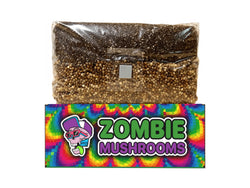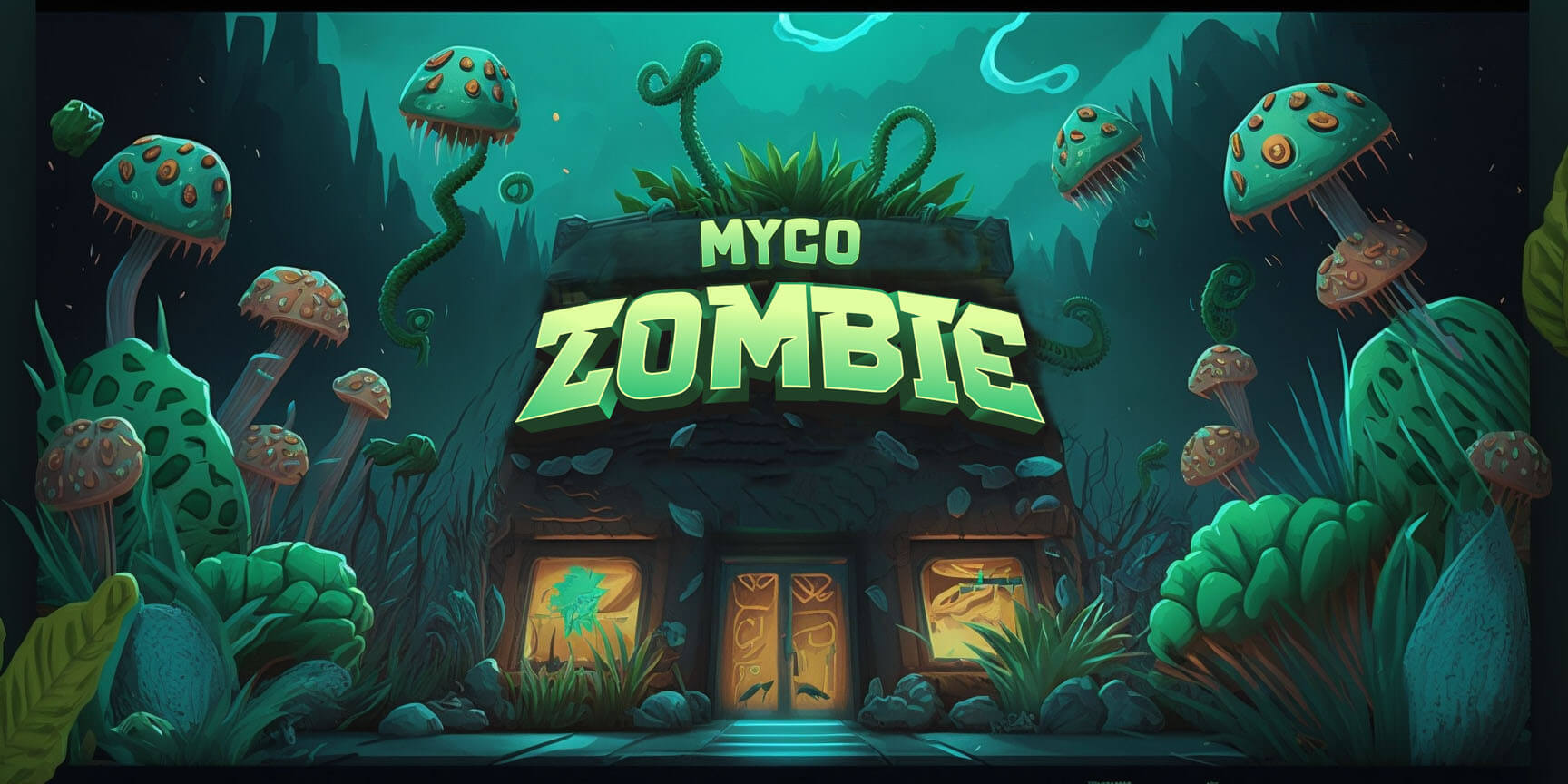- A study from 2019 indicated ketamine can greatly improve brain plasticity and quickly reduce depression symptoms.
- Typical antidepressants may require 4–8 weeks to show effects and frequently don't work for difficult-to-treat depression.
- The FDA has given its approval to esketamine, a ketamine nasal spray, specifically for depression that resists other treatments.
- Ketamine treatment can provide relief in hours or days, unlike antidepressants that need weeks.
- Phoenix is becoming a center for advanced ketamine treatment combined with natural wellness methods.
Depression: Different Forms, Different Problems
Depression shows itself in many different ways, both in symptoms and how severe it is, making it hard to treat everyone the same way. Understanding the different types of depression is the first step in creating a good plan for getting well.
- Major Depressive Disorder (MDD): This is often what people mean when they say "clinical depression." It includes ongoing sadness, not enjoying things, sleep problems, low energy, and feeling worthless. MDD can make it hard for someone to do everyday activities.
- Persistent Depressive Disorder (PDD): Also called dysthymia, this type of depression is less strong but lasts for a long time, for years. People with this may feel like being sad is just normal for them, which can make it harder to find and treat.
- Bipolar Disorder: A mood condition with times of very high mood (mania) and very low mood (depression). The depression parts of bipolar disorder are similar to MDD and can be just as harmful.
- Seasonal Affective Disorder (SAD): Usually happens in winter because there is less sunlight. SAD can cause tiredness, needing more sleep, gaining weight, and trouble focusing.
- Postpartum Depression: A complicated mix of physical, emotional, and behavior changes that happen in some women after they have a baby. It can get in the way of mother-baby bonding and overall health, often needing fast help.
According to the American Psychiatric Association, more than 21 million adults in the U.S. had at least one major depressive episode in 2020. Because there are so many different kinds of symptoms and reasons for depression, good treatment often needs to be more specific and based on the person.
Traditional Antidepressants: The Usual Choice, but Not the Answer for Everyone
Typical medications like SSRIs (Selective Serotonin Reuptake Inhibitors) or SNRIs (Serotonin-Norepinephrine Reuptake Inhibitors) are usually the first thing used to treat depression. These medicines work by raising the amount of certain brain chemicals that are usually low in people with depression.
Common Benefits of Traditional Antidepressants
- Easy to get: Most doctors and mental health professionals can prescribe them.
- Long history of use: Many people have had big positive changes in their lives because of these drugs.
- Covered by insurance: Most insurance plans pay for them, making them affordable for most people.
However, their downsides often cause patients to look for other options for depression, such as ketamine.
Common Downsides
- Slow to start working: It is common for antidepressants to take several weeks—usually 4 to 8—before they start to help. During this time, some patients might even feel worse.
- Unwanted side effects: For some, the side effects—like feeling numb, gaining weight, and sexual problems—become too much and hurt their quality of life.
- Depression that doesn't respond to treatment (TRD): Up to 30% of people with depression do not get better enough after trying two or more antidepressants, which is called TRD.
- Use for a long time: Many prescriptions don't have an end date, and using them for a long time becomes normal. Some people find this discouraging or not in line with their health beliefs.
These problems have made more and more patients and doctors think about ketamine treatment as a strong and scientifically supported option.

Ketamine: From Anesthetic to Depression Treatment Advance
Ketamine was first made in the 1960s and was widely used as a safe and effective anesthetic. Over the last twenty years, researchers started to see its big effects on mood—especially in people who had not gotten better with typical antidepressants.
Unlike standard drugs that slowly raise serotonin levels, ketamine works in a very different way
- NMDA Receptor Blocking: Ketamine blocks NMDA receptors—important parts of the brain's glutamate system—which starts a series of brain chemical changes. Glutamate is the most common exciting brain chemical and is very important for mood, thinking, and brain cell connections.
- Brain Plasticity Stimulation: By starting new brain cell growth (synaptogenesis), ketamine may help "fix" pathways changed by long-lasting depression. A study by highlights ketamine’s special ability to improve plasticity—something that antidepressants don't do.
This strong two-part effect not only improves mood quickly but may also help restore healthier brain function by fixing the damage caused by long periods of depression.

What Makes Ketamine Treatment Different?
Ketamine treatment is different from typical antidepressants in several main way
Speed of Action
Patients often say they feel better within hours or days after just one dose. For people who are thinking about suicide or have severe depression, this fast change can save lives.
Effectiveness for Depression That Resists Treatment
Ketamine treatment works especially well for people who have tried—and not gotten better with—many antidepressants. Studies have consistently shown better results in these groups compared to those who keep using standard medications.
Different Ways to Give It
Ketamine can be given in several ways under medical supervision
- IV Infusion (intravenous): The most common and controlled way, usually given over 40-60 minutes.
- Intramuscular (IM) Injections: Useful for patients who come to the clinic, and just as effective.
- Nasal Spray (esketamine/Spravato): The only kind approved by the FDA, specifically for TRD.
Not Needed Every Day
Most patients have a number of treatments over a few weeks, then slowly stop or continue with less frequent treatment if needed. This short-term approach is a big benefit for those looking for antidepressant options that are not daily, lifelong medication.
Brain Repair Benefits
Unlike many antidepressants that just reduce symptoms, ketamine may deal with the brain-based causes of depression. It helps the brain "reset" itself, allowing more room for lasting healing to happen.
Ketamine vs. Antidepressants: A Comparison
| Feature | Ketamine Treatment | Traditional Antidepressants |
|---|---|---|
| Start Time | Hours to Days | 4–8 Weeks |
| Length of Treatment | Short-Term or Maintenance | Often Lifelong |
| Usual Side Effects | Mild Dissociation, Nausea | Insomnia, Weight Gain, Sex Drive Loss |
| TRD Effectiveness | Very Effective | Often Ineffective |
| How it Works | NMDA Blocker; Promotes Brain Plasticity | Serotonin/Dopamine Reuptake Stop |
| Lifestyle Fit | Works with complete approaches | Often just hides symptoms |
Ketamine treatment that Phoenix residents are using often fits better with complete mental health plans, including mindfulness and functional medicine.
Ketamine Treatment in Phoenix: A Natural Mental Health Trend
Phoenix, Arizona has become a place for advanced mental healthcare. The combination of open-minded doctors, access to new treatments, and a population focused on wellness puts the city at the front of new depression treatments.
- Complete Wellness Approach: Phoenix has a growing group of naturopaths, complete healers, and functional medicine experts who often add ketamine therapy to broader wellness plans.
- Access to Certified Clinics: Many ketamine treatment centers in Phoenix offer medically supervised, proven methods made for individual needs.
- Community Support: With a strong community that cares about mental health, patients can find support from others and professional help to guide them on new treatment paths.
Whether you are interested in wellness or looking for proven answers beyond typical antidepressants, Phoenix provides a special mix of science and personal care.

Safety, Risks, and FDA Approval
The FDA’s approval in 2019 of the nasal spray esketamine (Spravato) specifically for depression that resists treatment was a major step in mental health care. This decision, for use under supervision in certified clinics, officially recognized that ketamine works.
Common and Manageable Side Effects
Side effects are usually mild and don't last long
- Slight dissociation or changed feelings
- Feeling dizzy or sick to your stomach
- Blood pressure goes up (checked during sessions)
- Feeling tired after treatment
As the Mayo Clinic points out, ketamine’s ability to quickly reduce suicidal thoughts is special among all current medications.
Who Should Not Use Ketamine?
Patients with these conditions should talk to experts carefully before starting
- History of drug or alcohol abuse
- Heart problems that are not controlled
- Psychosis or schizophrenia that has not been diagnosed
- Pregnancy or breastfeeding
Safety checks by an experienced mental health professional are needed to decide if it is right for someone.

Who Can Benefit from Ketamine Therapy?
Ketamine is not for everyone—but for the right patient, it can change things greatly.
Good candidates often include
- People with depression that doesn't respond to treatment
- Patients who are actively suicidal
- Those wanting depression treatment with fewer side effects
- People who prefer short-term medication and long-term healing
This makes ketamine a top choice among modern antidepressant options.

Ketamine & Natural Wellness: Similarities to Mushroom-Based Healing
Ketamine works in ways that are similar to psychedelic mushrooms in many interesting ways. Both have two important things in common
- Helping Brain Plasticity: By helping the brain make new connections, people often describe feeling clear, peaceful, and emotionally free.
- Stopping Negative Thought Patterns: Similar to psilocybin, ketamine can change how people think, helping them see old hurts or negative stories in a new light.
In Phoenix and other places, researchers and doctors are starting to look at combined approaches that use ketamine, psychedelic therapy, and complete aftercare for lasting benefit.

What to Expect from a Ketamine Session
Knowing what happens in a ketamine session can reduce worry and improve results.
First Check-Up
A licensed provider will check your mental and physical health history to make sure ketamine is right and safe for you.
Treatment Setting
Ketamine sessions usually happen in quiet, comfortable, and supervised medical places to make sure you feel emotionally safe and physically secure.
Time and Monitoring
- IV/IM Sessions: About 40 to 60 minutes
- Spravato Nasal Spray: Given and watched for about 2 hours per plan
Follow-Up & Aftercare
Some clinics offer therapy after sessions to help patients process emotional changes. Many see better results when therapy or mindfulness practices are used with medical treatment.
Future View: Ketamine, Psychedelics, and Mental Health Innovation
We are starting a new time in mental healthcare—one where ketamine, MDMA, psilocybin, and other psychedelics are important. Current studies are checking
- MDMA for PTSD
- Psilocybin for depression and worry
- Ayahuasca and ibogaine for addiction
As laws and culture change, ketamine treatment that people in Phoenix trust may soon be joined by more natural and life-changing healing tools.
Public interest in antidepressant options is growing quickly. Ketamine has already shown the way, and its success could mean wider acceptance of other psychedelic therapies.
A Healing Start Begins with Choices
If you have tried other treatments and they didn’t help—or if you want faster, deeper relief—ketamine for depression might be your next step. It's not just a treatment; it’s a change in how we see mental wellness.
With ketamine treatment clinics in Phoenix offering science-backed care, plans made for you, and follow-up therapy, you will find more than medicine—you will find possibility. Your healing does not have to be like anyone else's.
Whether you are moved by the newest research or a feeling that this time could be different, ketamine welcomes you to find life again with clarity, peace, and purpose.




